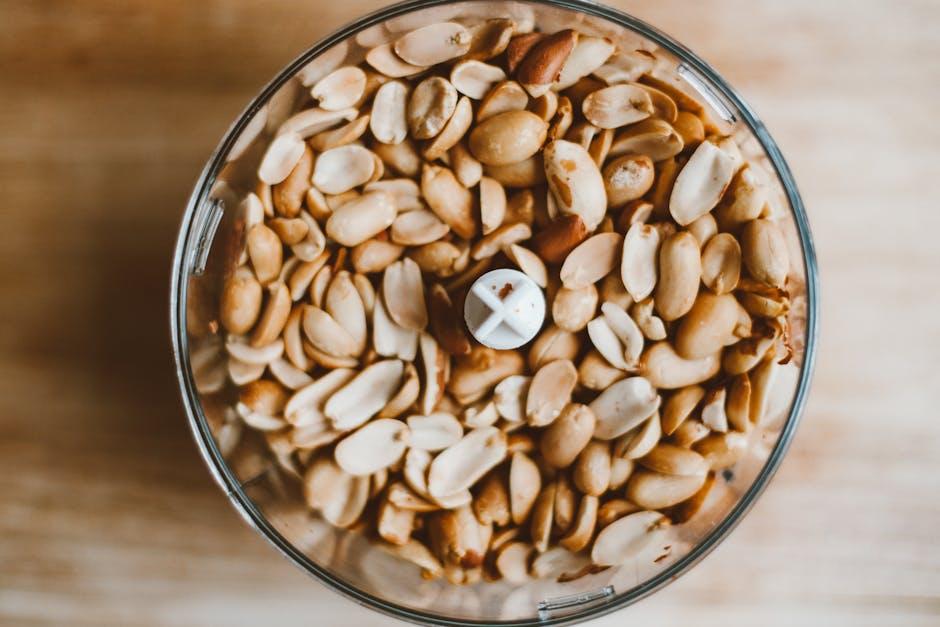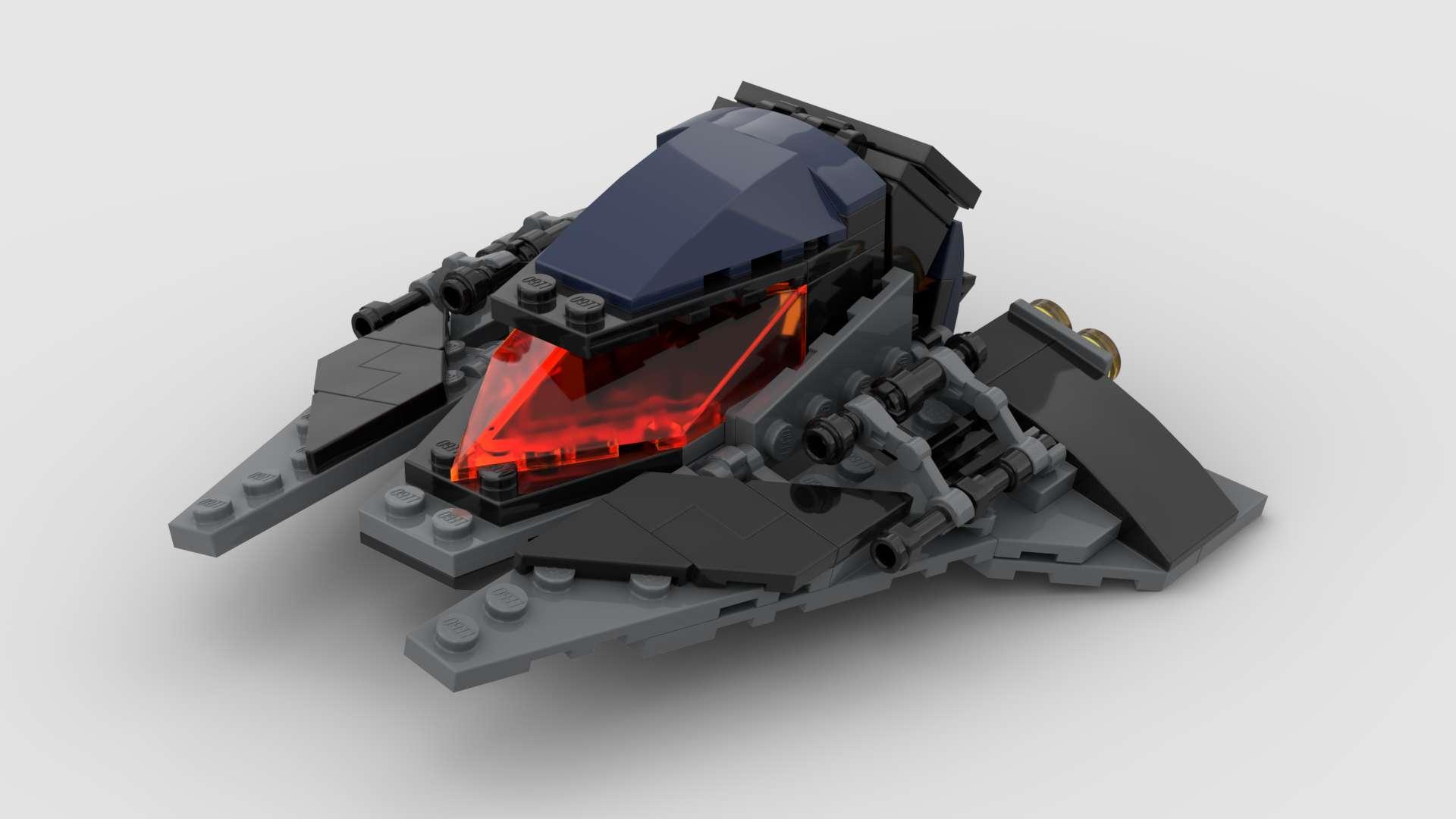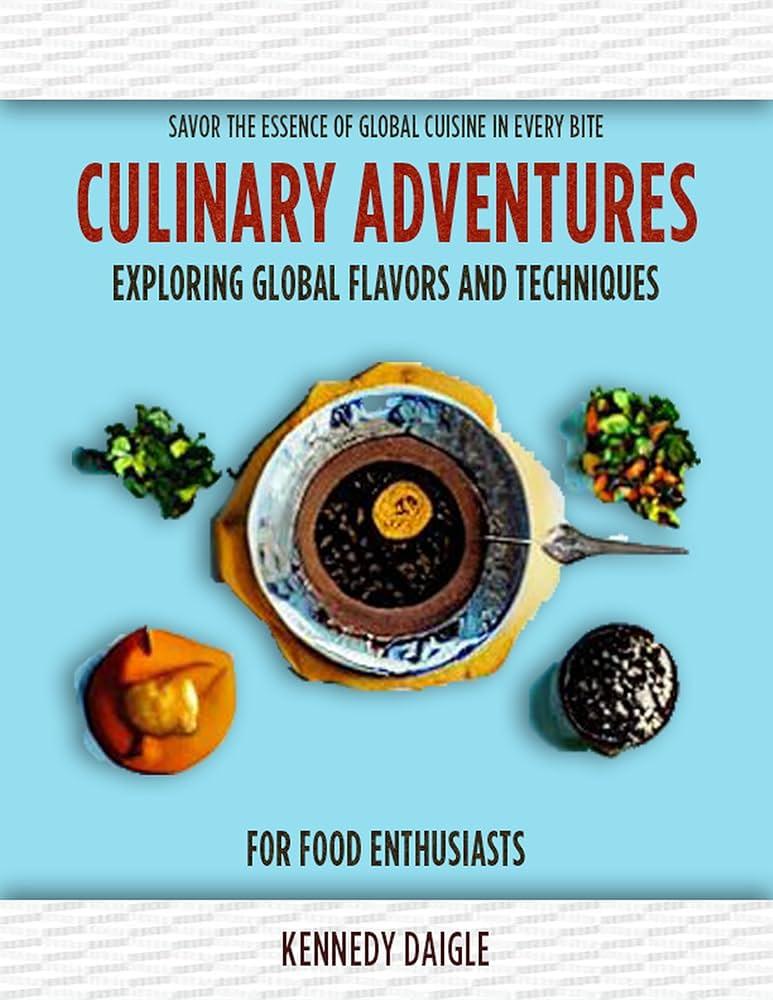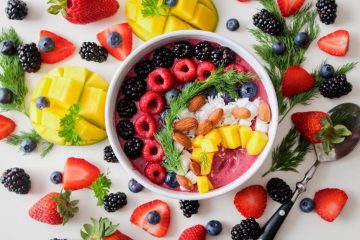Table of Contents
- Understanding the Core Differences Between Food Processors and Blenders
- Exploring Versatility: Tasks Each Appliance Excels At
- The Nitty-Gritty of Power and Performance
- Capacity and Size: Choosing the Right Fit for Your Kitchen Needs
- Making the Right Choice: Recommendations for Your Culinary Adventures
- Q&A
- Wrapping Up


Understanding the Core Differences Between Food Processors and Blenders
When it comes to tackling various kitchen tasks, both food processors and blenders hold their unique positions by performing distinct functions. The food processor stands out as a versatile appliance designed for more comprehensive tasks such as slicing, dicing, shredding, and kneading dough. It comes with a variety of attachments, allowing you to expertly handle ingredients to suit your culinary needs. On the other hand, a blender shines with its high-speed blades ideal for creating smooth textures. It’s your go-to gadget for making drinks, smoothies, and purees.
Key functional differences highlight why each device is better suited for certain tasks. Consider the following:
- Food Processors – best for tasks like chopping vegetables, mixing dough, or creating pestos.
- Blenders - excels at liquefying ingredients, perfect for soups, smoothies, and sauces.
By understanding these differences, you can better decide which appliance meets your culinary needs. To illustrate these differences more clearly, here’s a comparison:
| Feature | Food Processor | Blender |
|---|---|---|
| Best For | Chopping, slicing, kneading | Smoothies, soups, purees |
| Blade Type | Multiple, interchangeable | Fixed, high-speed |
| Liquid Processing | Limited capability | Highly efficient |


Exploring Versatility: Tasks Each Appliance Excels At
When it comes to preparing a wide variety of dishes with ease, both the food processor and blender hold their distinct prowess. The food processor is a champion in the realm of chopping, dicing, and slicing. Its multiple attachments and blades make it an ideal partner for prepping ingredients like onions, carrots, or nuts. This appliance can effortlessly tackle denser foods, ensuring uniform pieces that are ready for cooking or salads. Additionally, a food processor shines in making doughs and crusts. By combining wet and dry ingredients with uniformity, it streamlines everything from pizza to pastry bases.
- Chopping: Vegetables, fruits, nuts
- Mixing: Doughs, batters
- Pulsing: Breadcrumbs, cheese
On the other hand, blenders are designed for tasks that require thorough liquid integration. For smoothies and shakes, blenders excel at combining fruits, vegetables, ice, and liquids into a creamy consistency. They are perfect for pureeing soups directly in the pot, seamlessly transforming chunky ingredients into silky smooth finishes. Frozen desserts like sorbets or granitas are another arena where blenders outperform, thanks to their ability to crush ice effectively.
- Blending: Smoothies, soups
- Pureeing: Baby food, sauces
- Ice Crushing: Frozen drinks, desserts
To help visualize their strengths, consider this straightforward table outlining specific tasks each appliance can handle best:
| Task | Food Processor | Blender |
|---|---|---|
| Chopping onions | ✓ | |
| Making smoothies | ✓ | |
| Crushing ice | ✓ | |
| Kneading dough | ✓ |


The Nitty-Gritty of Power and Performance
When it comes to power and performance, both food processors and blenders bring unique strengths to the kitchen. A food processor is generally designed to tackle heavy-duty tasks with its robust motor, making it ideal for handling dense ingredients like nuts, dough, or meats. Its power lies in the versatility of its blades and attachments, which can slice, shred, or grate with precision. This makes it a popular choice among chefs who need a multifunctional tool to handle a wide variety of food preparations with consistent results.
Blenders, on the other hand, specialize in creating smooth textures. Their high-speed motors are perfect for pulverizing softer ingredients such as fruits and vegetables, creating creamy smoothies, soups, and sauces. The sharp blade design allows for swift blending, ensuring the mixture achieves a uniform consistency. Moreover, blenders often excel in the realm of liquid-based recipes, where smoothness is key. In modern kitchens, high-speed blenders that pull off complex tasks like crushing ice or making nut butter are becoming increasingly popular, thanks to their advanced blade technology and powerful motors.
| Feature | Food Processor | Blender |
|---|---|---|
| Ideal Use | Chopping, Slicing, Kneading | Smoothies, Soups, Purees |
| Best For | Thick, dense ingredients | Liquid and semi-liquid recipes |
| Ease of Cleaning | Multiple parts to clean | Usually simpler care |
Deciding between a food processor and a blender largely depends on your culinary needs. If you frequently engage in baking or complex meal preparations that require significant chopping or grating, a food processor might be your go-to gadget. However, if your diet includes more soups, shakes, or health-oriented drinks, a blender’s efficiency in producing silky textures is unmatched. Each appliance has harnessed its power and performance to cater to specific culinary tasks, making them indispensable tools tailored to the modern cook’s needs.


Capacity and Size: Choosing the Right Fit for Your Kitchen Needs
When evaluating the capacity and size of a kitchen appliance, it’s crucial to consider how much food you typically prepare and the space available in your kitchen. Food processors generally offer larger bowls, often ranging from 7 to 14 cups, designed to handle bigger batches and heavier tasks, such as kneading dough or shredding cabbage. If your culinary adventures often involve preparing substantial amounts of food or hosting gatherings, a larger-capacity food processor can be a real boon. Conversely, blenders usually come with jar sizes that range from 3 to 8 cups, ideal for making individual smoothies, soups, or small servings of purees.
Space can be a limiting factor, so comparing the appliance’s footprint is essential. Blenders often have a smaller countertop presence, making them a suitable choice for compact kitchens or minimalist spaces. Their vertical build allows them to accommodate under-cabinet storage efficiently. In contrast, food processors, while broader due to their additional attachments and larger base, cater to those who don’t mind dedicating more counter space for their versatility. Assessing your kitchen’s layout can help determine which appliance fits better without overburdening your workspace.
Here’s a quick comparison to guide your choice:
| Feature | Food Processor | Blender |
|---|---|---|
| Size Options | 7-14 cups | 3-8 cups |
| Countertop Size | Wider footprint | Taller, slimmer |
| Best for | Large meals, doughs | Smoothies, soups |


Making the Right Choice: Recommendations for Your Culinary Adventures
Navigating the kitchen tools aisle can feel overwhelming, especially when faced with the decision between a food processor and a blender. Each appliance brings its unique set of skills to the countertop, shaped by their design and functionality. Food processors are your go-to when you need versatility for tasks like slicing, shredding, and kneading dough. With their range of attachments, these machines can tackle complex tasks such as grating cheese, making dough, and chopping vegetables for a fresh salad. Unlike a blender, which specializes in liquid consistency, a food processor’s broader blades excel in turning solids into various textures.
Conversely, blenders shine when tasked with creating smooth, consistent mixtures. Their powerful motors and sharp blades work at high speeds, making them perfect for smoothies, soups, and creamy sauces. When pondering which gadget suits your kitchen needs, consider the texture you aim for. If you’re blending smoothies every morning or crafting perfect margaritas, a high-speed blender will likely be your best ally. However, for those meal preps involving a mix of chopping and dough-making, nothing beats the multifunctionality of a processor.
Here’s a quick comparison to guide your decision-making:
| Feature | Food Processor | Blender |
|---|---|---|
| Primary Use | Chopping, slicing, kneading | Smoothies, soups, purees |
| Texture Type | Solid to coarse | Smooth and liquid |
| Best Suited For | Meal prep, dough making | Drink and liquid prep |
whether you choose a blender or food processor should align with your culinary ambitions. Evaluate the kind of meals you enjoy creating and the consistency you desire. This, alongside a balanced understanding of each appliance’s strengths, will guide you to the right choice for your culinary ventures.
Q&A
Q&A: Food Processor vs. Blender
Q: What is the primary difference between a food processor and a blender?A: The primary difference lies in their functionality. A food processor is best for chopping, slicing, grating, and mixing solid foods, making it ideal for food prep. Conversely, a blender excels at processing liquids, perfect for making smoothies, soups, and purees.Q: Can a food processor make smoothies as effectively as a blender?A: While a food processor can handle some liquid mixtures, it might not achieve the smooth consistency a blender delivers. Blenders, with their powerful motors and high-speed blades, are specifically designed to crush ice and blend ingredients to a silky texture.
Q: Is it possible to knead dough in a blender?A: Typically, no. Kneading dough requires the wide, flat blades and large-capacity bowl of a food processor. A blender, designed for liquids, doesn’t accommodate the thick, heavy consistency of dough effectively.
Q: Which appliance is more versatile: a food processor or a blender?A: Both appliances have unique strengths. A food processor is more versatile for tasks like slicing vegetables, shredding cheese, and mixing dough. A blender is unbeatable for liquid-based recipes like smoothies, purees, and soups. Your choice depends on your cooking style and what you prepare most often.
Q: Are there any combination appliances that offer both food processor and blender functions?A: Yes, many brands offer combo units with interchangeable attachments. These appliances can handle both blending and processing tasks, saving counter space and offering convenience for those who want the capabilities of both devices without purchasing them separately.
Q: How should I decide which one to buy?A: Consider your culinary needs. If you cook regularly and require diverse prep work, a food processor is essential. If you’re into making juices, smoothies, or soups, a blender could be more beneficial. Evaluate your kitchen habits and space availability to make an informed choice.




0 Comments